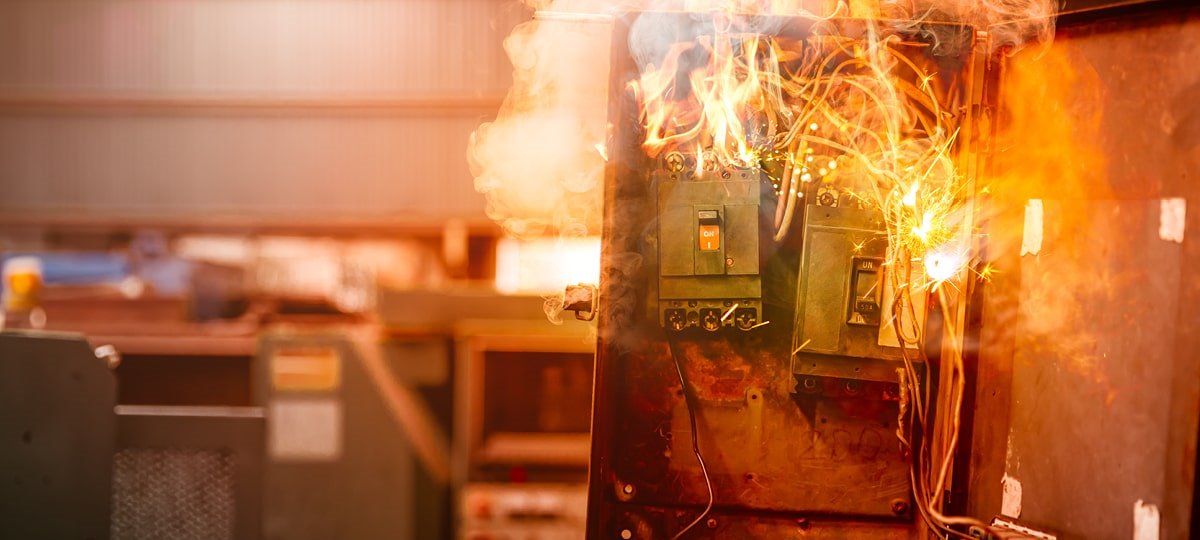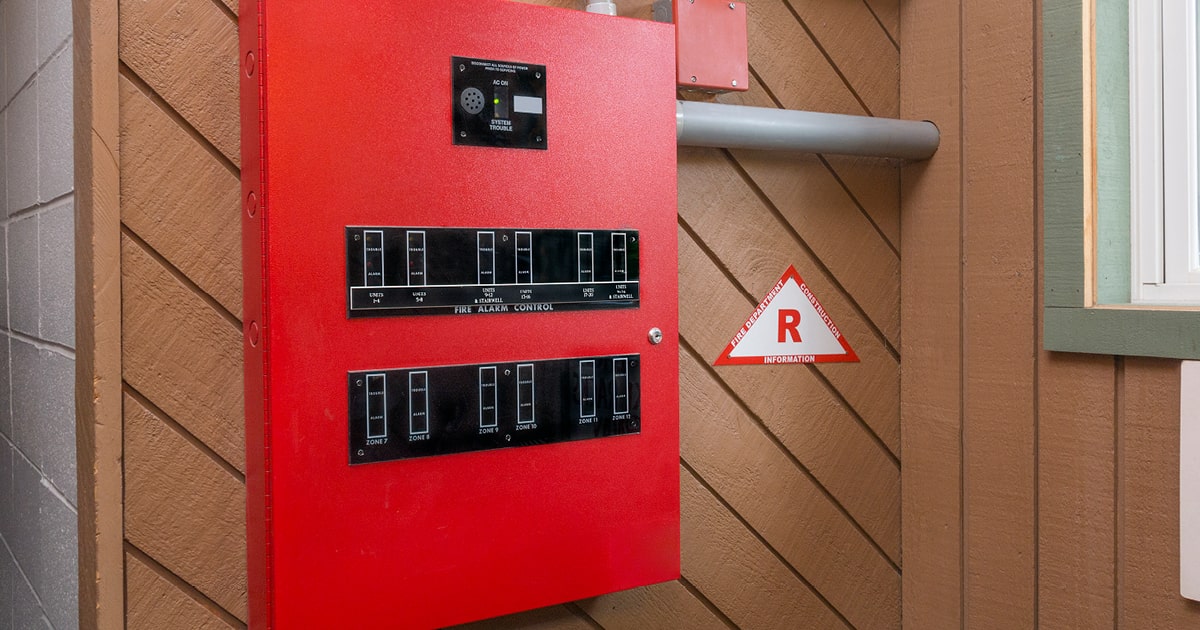What is a Manual Pull Station?
A manual pull station is a wall-mounted fire safety device that triggers an alarm in the event of an emergency. Pull stations are commonly found in many public buildings across the United States and Canada. Most people have seen them, and some have possibly even pulled one before, whether for a real emergency or a prank (which is punishable by law in most states). Technically referred to as a manually actuated alarm-initiated device, a manual pull station serves a vital role in public safety and remains a key element in the future of fire protection.
How do manual pull stations work?
Manual pull stations are a failsafe feature required by the National Fire Protection Agency (NFPA) to protect citizens in the case that a person discovers a fire before an automatic fire alarm, such as a smoke detector or heat sensor, can. NFPA 72, the National Fire Alarm and Signaling Code®, dictates all requirements related to manual pull stations and other fire alarm system elements. Two different types of pull stations are used today: single-action and dual-action.
Single-action pull stations are activated by pulling down a lever on the alarm. In contrast, dual-action pull stations require additional action, such as lifting or breaking a glass panel over the alarm. The premise behind both types is the same: pulling down the handle will complete the circuit and trigger the alarm. Once a manual pull station is triggered, a special tool is required to deactivate and silence the device, which is why pulling one is never considered a funny joke.
Do I need manual pull stations?
The answer to that question lies in the type of building. Manual pull stations are required in all commercial buildings and any multi-family or multistory buildings, such as apartment or condominium complexes. They are not required for single-family homes. The NFPA states that fire safety should not depend only on a single alerting method, so manual pull stations are required in addition to automatic alerting systems. Specifically, NFPA mandates one manual pull station per automatic alarm per building.
So how many do you need? The size of your building dictates that answer. NFPA’s fire code states that the travel distance to the nearest manual pull station from any point in the building can be no more than 200 feet on any given floor, and they must be within five feet of each individual exit. For example, any group of doors more than 40 feet apart must have a manual pull station on each side of the grouping. The pull stations must be easily seen, unobstructed, and accessible to everyone the building serves.
Do manual pull stations need to be inspected and tested?
When a manual pull station is first installed, the building owner or a designated representative must perform a visual inspection. These visual checks must also be performed every six months following installation. Manual pull stations must also be tested annually to ensure they work correctly. These tests and any other associated services performed on the pull stations must be completed by trained professionals, and these tests are typically rolled into more comprehensive annual inspections and testing that are conducted across the entire fire safety system.
If you have questions regarding the need for manual pull stations or the functionality of your current pull stations, our expert service techs at FSS Technologies are ready to guide you through the process. We offer full-service consultations, installations, and inspections for all alarm system brands, ensuring you get the help you need every step of the way. Contact us today to get started.









